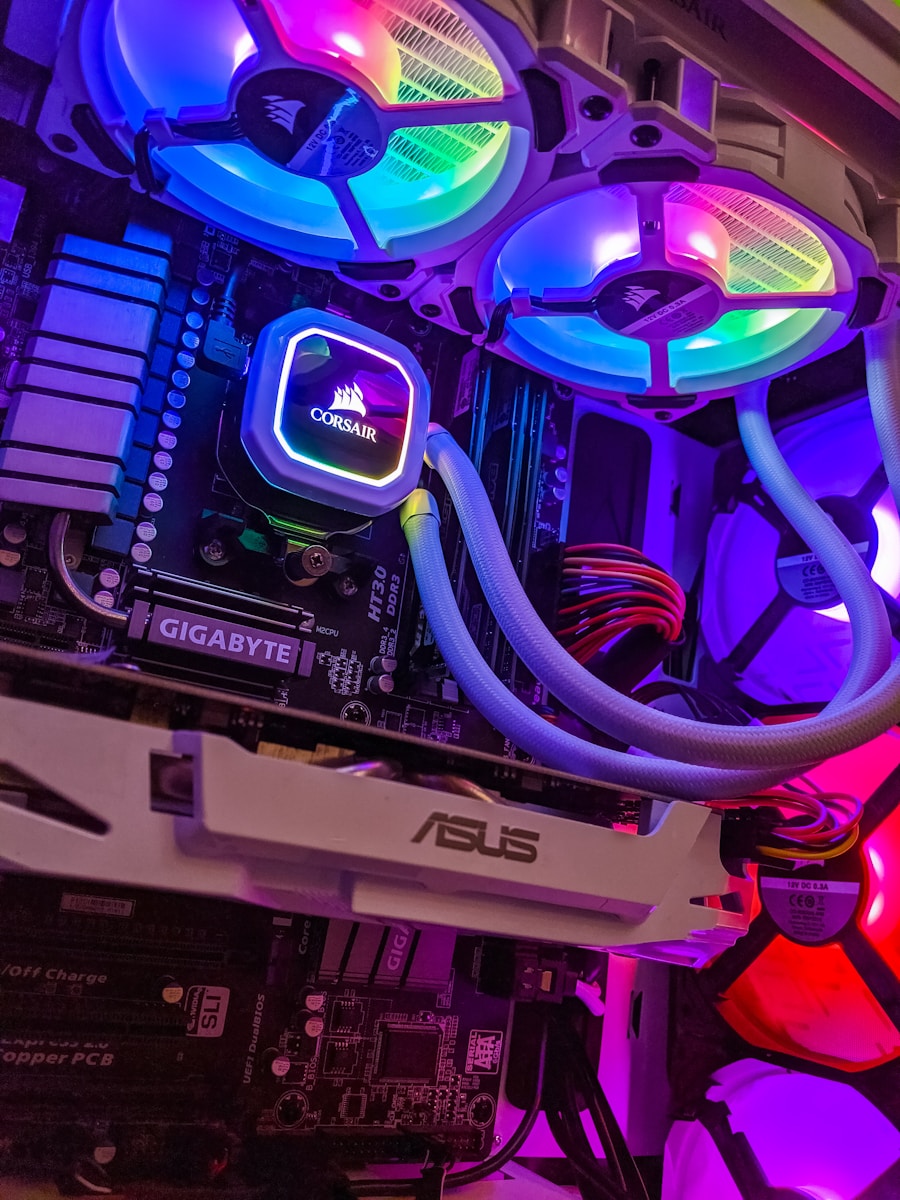Perhaps one of the most misunderstood concepts of the mixing and mastering process is loudness. To be more specific, we’re talking about the loudness standards for music. After reading through this article, I’m sure you’ll understand how simple it actually is.
The current loudness standards for music are numerous, so it can easily get overwhelming if you’re not familiar with any of them. Although streaming services like Apple Music technically have their own standards, most of them usually fall into the -11 LUFS to -18 LUFS range. However, the loudness standards for TV/Film are much lower at approximately -24 LUFS. It may seem like a lot of information to remember, but this article is designed to simplify the process for you. If you read until the end, I’ll also be sharing the tool I personally use to make my life easier. Let’s go!
- What is the LUFS standard?
- How loud should I master my music?
- LUFS standard for broadcast
- LUFS standard for film
- LUFS standard for streaming services
- LUFS standard for YouTube
- Learn about the loudness standards for music by using Youlean Loudness Meter
What is the LUFS standard?
If you aren’t familiar with LUFS, it stands for “Loudness Units Full Scale”. It’s quickly become the new industry standard for measuring loudness and has replaced RMS (Root Mean Square).
It’s much more accurate since it measures the overall loudness of the ENTIRE track.
Just think of loudness as the “center of gravity”.
In other words, LUFS measures loudness much like the human ear perceives it. However, the loudness of any given piece of music is still quite subjective and depends on multiple variables.
It actually relies mostly on these two…
- Dynamic Range
- Transient Response
So, why does any of this matter anyway?
It’s actually to protect our hearing; for safety. Imagine listening to some classical music and then switching to heavy metal… The difference in loudness (without normalization) would most likely blow out your speakers and/or damage your hearing (and potentially someone else’s).
That’s why we use loudness standards.
It’s also why streaming services normalize every track to the same level. In that sense, every track is the same LEVEL, but the perceived LOUDNESS isn’t necessarily the same.
Now, you may be asking yourself…
How loud should I master my music?
The answer to that question is actually pretty simple. Of course, it depends who you ask because there’s still LOTS of confusion when it comes to the topic of loudness standards.
Here’s the only thing you need to know…
DECREASING DYNAMIC RANGE = INCREASING LOUDNESS
That being said, I recommend getting your tracks as loud as possible WITHOUT sacrificing sound quality. That’s because distortion is introduced everytime compression/limiting is used. If you get your track TOO loud, it’ll sound “blown out”.
Now, you might be thinking…
If the loudness standard for Apple Music is -16 LUFS, you should be mastering at -16 LUFS.
That’s not necessarily the case because remember, streaming services will automatically raise/lower the level of your track to meet that standard. If getting your track to -16 LUFS would force you to compromise sound quality… DON’T DO IT!
Here’s an example to illustrate my point:
Let’s say you manage to get your track to -10 LUFS. That’ll most likely cost you LOTS of dynamic range and will introduce distortion/saturation (maybe too much of it).
Now, you may like the final product or you may see it as a compromise.
Either way, let’s say that same track ends up on Apple Music. It’ll be normalized to -16 LUFS meaning that all your hard work will basically go to waste. In other words, you would’ve introduced much less distortion if you had simply mastered it at -16 LUFS in the first place.
If you were compromising, then you lose.
If you like the sound, well, then it’s not so bad. However, if you’re looking to add distortion/saturation to your mix, there are plugins made for that specific reason. It’ll most likely give you more flexibility than using compressors/limiters.
The only thing I want you to remember is to make your decisions based on SOUND QUALITY. It’s also important to keep in mind that we naturally prefer louder music. That’s psychological, but it doesn’t apply if your track sounds like it was overly processed.
In other words, your project will probably end up around the -12 LUFS to -18 LUFS range naturally if you apply compression/limiting in stages. I personally make sure that each compressor/limiter doesn’t attenuate more than 3dB (there are exceptions though).
I won’t get into that process in this article, but I will say this…
DON’T WAIT UNTIL YOUR FINAL LIMITER TO DECREASE YOUR DYNAMIC RANGE.
If you find yourself getting to that point, you probably haven’t applied enough compression in the MIXING STAGE. That’s when you’ll have to retrace your steps before moving forward.
For more information, I highly recommend this video:
LUFS standard for broadcast
There are actually quite a few standards for broadcast (television). However, they’re all centered around -24 LUFS, so you won’t really need to worry about memorizing all of them.
Here are a few of these standards:
- EBU R128 (Europe)
- ATSC A/85 (America)
- OP-59 (Australia)
- ARIB TR-B32 (Japan)
- AGCOM 219/09/CSP (Italy)
As I said, don’t worry about memorizing anything.
The fundamental concepts we discussed in the previous sections still apply. The only thing that changes on television is the actual application of the music. In other words, it won’t necessarily be the center of attention and might be used as background music.
That being said, we may lose some of it if the dynamic range is too large.
That’s because it’ll be mixed and mastered with the rest of the programming.
If anything,you may need to compress/limit more for TV/Film placements. I was actually taught to master at -10 LUFS, but I don’t think the specifics really matter. Just try to get your track as loud as possible WITHOUT compromising sound quality.
LUFS standard for film
Loudness standards for fim is almost identical to broadcast. However, we’re also talking about streaming platforms for films in the 21st century (like Netflix).
The current standard for Netflix is -27 LUFS.
LUFS standard for streaming services
The first two sections were mostly dedicated to streaming services. However, I’ll be revealing the standards for some of the most popular platforms just to give you an idea.
Here they are:
- Spotify: -14 LUFS
- Apple Music: -16 LUFS
- Amazon Music: -14 LUFS
- Deezer: -15 LUFS
As you can see, they’re all pretty similar.
LUFS standard for YouTube
I personally consider YouTube as a streaming service, but I felt like it deserved its own section. You’ll need to make the same considerations as broadcast and film because the music may ot necessarily be in the foreground.
The current standard for YouTube is -14 LUFS.
Learn about the loudness standards for music by using the Youlean Loudness Meter
While doing my research for this article, I came across an interesting plugin that ended up replacing the default loudness meter I was using in Logic Pro X. It basically serves as both a loudness meter (LUFS) and an encyclopedia of all the different loudness standards.
There’s no need to worry about memorizing anything with this plugin!
However, remember what we learned in the first two sections of this article…
LOUDER IS BETTER, BUT NOT BY SACRIFICING SOUND QUALITY.
Something I didn’t mention is that you can actually master your tracks at ANY loudness standard and simply use another software to normalize your track to mimic the effect of any given platform.
I recommend doing this experiment if you’re having difficulty visualizing these concepts.
Just keep in mind that it’s the dynamic range that really matters. You can’t uncompress something that’s been compressed, but you can always compress something that has retained its natural dynamic range.
However, music is scalable so it can be normalized to any standard without losing quality.
I hope that provides some clarity on this complicated subject. I know how difficult it was to understand at first, but it’s actually much simpler than you think. If you need any assistance though, you can always leave a comment and/or schedule a 1-on-1 consultation with me.
Thanks for reading, until next time!
Sources
https://youlean.co/loudness-standards-full-comparison-table/




